On Friday night, Roberto and I took the overnight Primera Plus bus to Guadalajara. Primera Plus happens to be one of the sweetest bus lines going in Mexico. Not only do they offer cushy seats that recline, but they also give you a little snack bag and a drink. That’s a definite plus. The capital city of Jalisco, Guadalajara is the second largest city in all of Mexico. The city itself features a mix of colonial and modern architecture and is surrounded by several quaint neighborhoods, including Zapopan and Tlaquepaque.
For just $100 pesos ($7), Roberto and I opted to see the large city on the Tapatío tour, a double-decker bus that takes you through Guadalajara and the surrounding neighborhoods. There was running commentary on the bus, so we were able to learn about the various historic monuments as we went along. Our first stop was in the town of Tlaquepaque. This suburb of Guadalajara offers a myriad of artesanías (crafts) including, pottery, blown glass, textiles, etc. The buildings were brightly colored, and I enjoyed strolling through the various shops admiring the local handiwork. We stopped at an ice cream store to get an afternoon treat. It was the first time I had ever seen anyone churning ice cream by hand for a big store!
We also passed by the Arcos del Milenio (Millennium Arches), which are approximately 170 ft. high. They were built between the years of 1999-2001 to celebrate the new millennium and to also bring more modern art to Guadalajara. On the recommendation of my students, we stopped by Las 9 Esquinas to eat birria. Birria is a type of shredded beef that is served in a chile broth. Roberto and I successfully polished off our meal and two pitchers of agua de piña (pineapple juice.) Yes, we were officially full and could barely move :-P.
On Sunday morning, we toured the nearby town of Tequila. If you were wondering, this is where tequila is made. We stopped at a tequila farm called Las Tres Mujeres to see what the process involved. Tequila is made from a cactus called the Blue Agave. The jimador is the farmer who harvests the blue agave; Jimador Rafael showed us around the farm.
The agave is planted, tended, and harvested by hand. It takes about 8-12 years for agave to ripen. The jimador uses a coa, which is a flat-bladed knife on the end of a pole in order to harvest the agave. With the coa, he cuts the agave plant from the ground, then begins to hack off the leaves in order to create a piña (pineapple). Each piña usually weighs 40-70 lbs. A skilled jimador can harvest almost one ton of piñas daily and it takes about 15.5 lbs. of agave to produce 1 liter of tequila. I was able to try some of the raw agave which has no flavor and is similar to chewing on thin wood.
Once the piñas are harvested, they are roasted and shredded. During the shredding process the fibers are washed with water to help extract the sugar. I was also able to try a piece of roasted, shredded agave, and I must admit that I did not like the taste.
A few years back a Mexican soap opera about a young woman called "Distilling Love" was filmed on this very farm. The soap opera is well-known throughout Mexico, particularly for the scene when Gaviota’s lover runs out into the field of agave and screams her name. Roberto attempted a remake, but was pricked by one of the spines of the agave. I will admit it was kind of funny, but the swelling afterwards was not very enjoyable.
The shredded agave is transferred to large fermentation vats, and yeast is added to accelerate the process of converting sugars to alcohol. Those giant vats of fermenting agave honestly smelled disgusting. Haha…it looks like I’m smiling, but I’m just trying to hold my breath. Afterwards, the fermented mixture is distilled and put into barrels to age it. There are five types of tequila: blanco, joven, reposado, añejo, and extra añejo. Tequila blanco is not aged at all and is clear while tequila extra añejo is aged for at least three years and has a golden color.
After visiting Las Tres Mujeres, we stopped by José Cuervo’s plantation. We also toured the Tequila Museum which housed a variety of different bottles and brands of tequila.
Back in Guadalajara, we stopped by the Palacio de Gobierno that is adorned with José Clemente Orozco’s murals. The murals celebrate the independence hero, Miguel Hidalgo, who proclaimed the abolition of slavery in Mexico in 1810.
The Palacio de Gobierno is the current house to the state government offices. It was completed in 1774 and Orozco’s mural was added in 1937. The mural located in the former Congress Hall depicts Hidalgo, Benito Juárez, and other important historical figures.
On Sunday afternoon, it was time to say goodbye to Guadalajara. It would have been nice to try a torta ahogada, but there’s always next time.
Click for more pictures! (Cuernavaca)
Click for more pictures! (Guadalajara)
Abrazos, Nicole

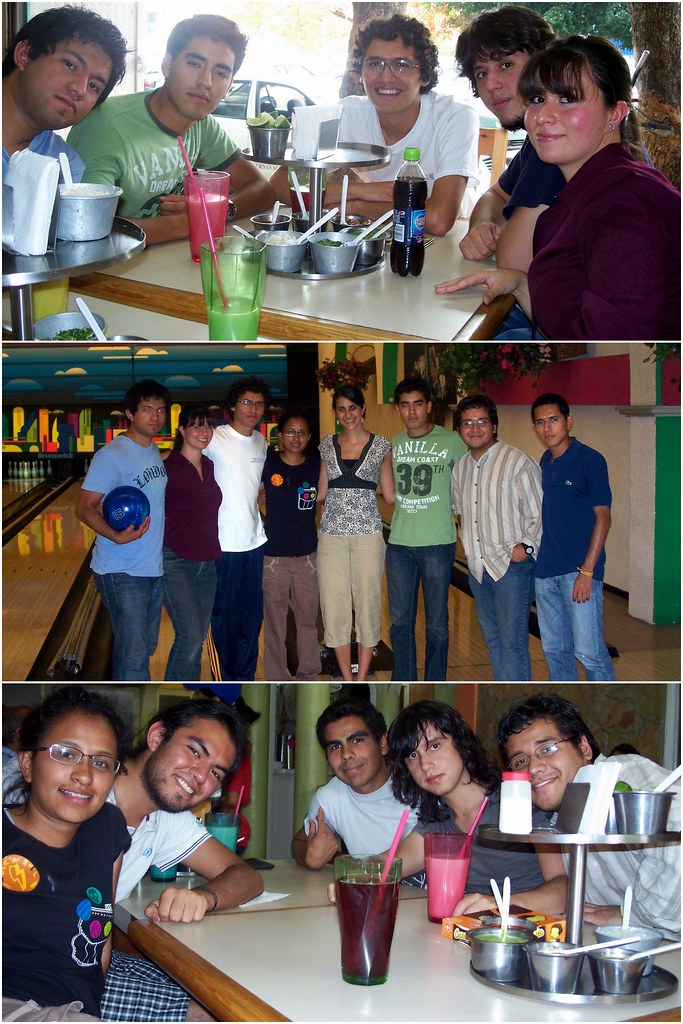
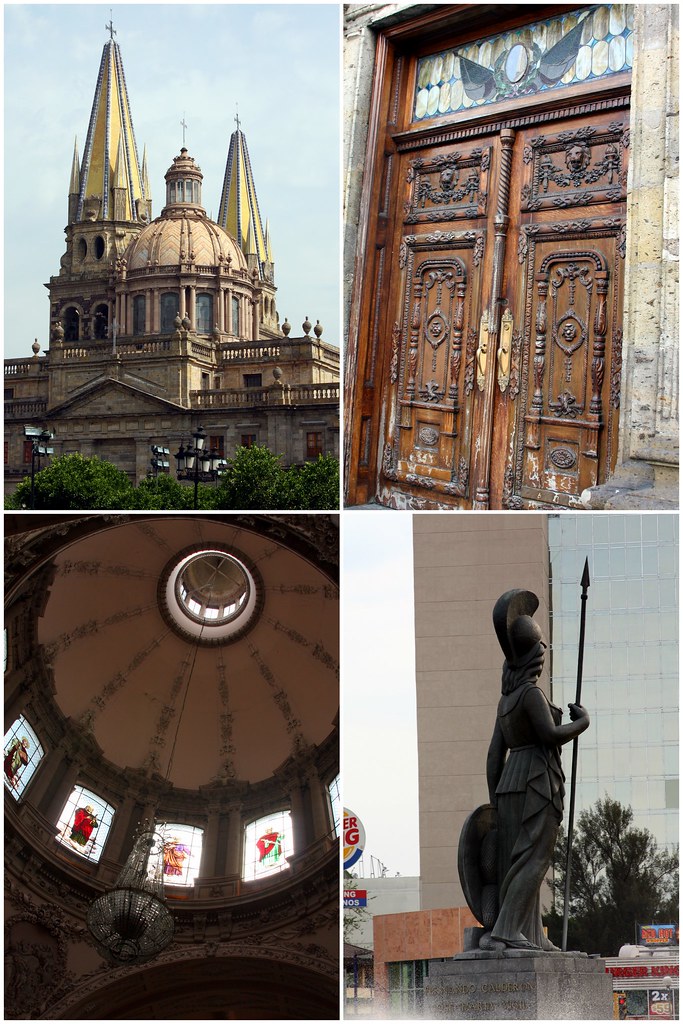
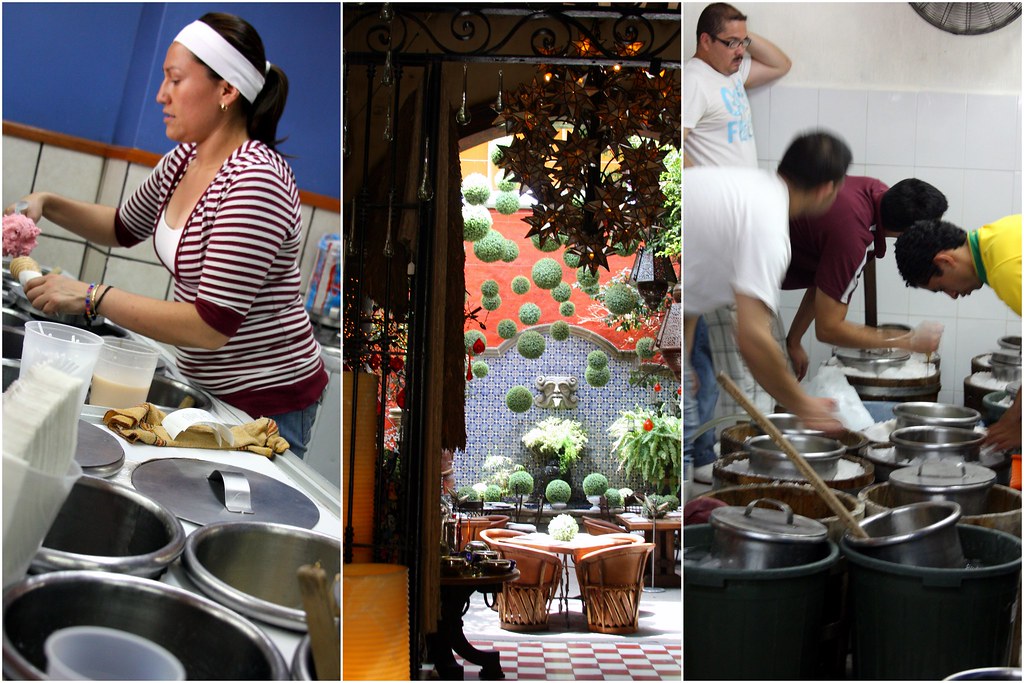
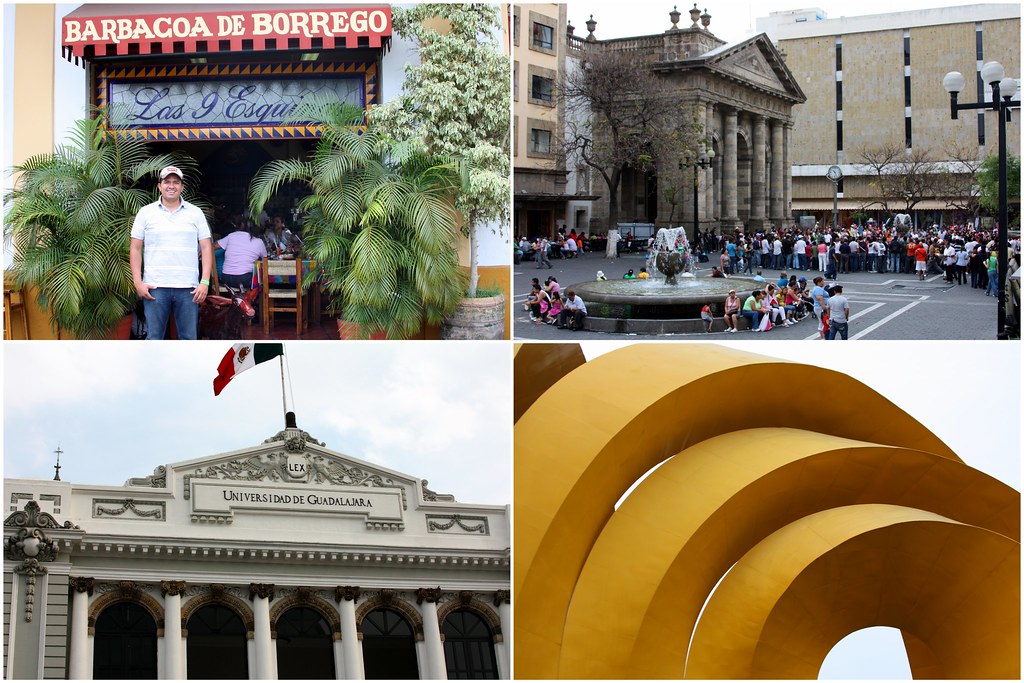
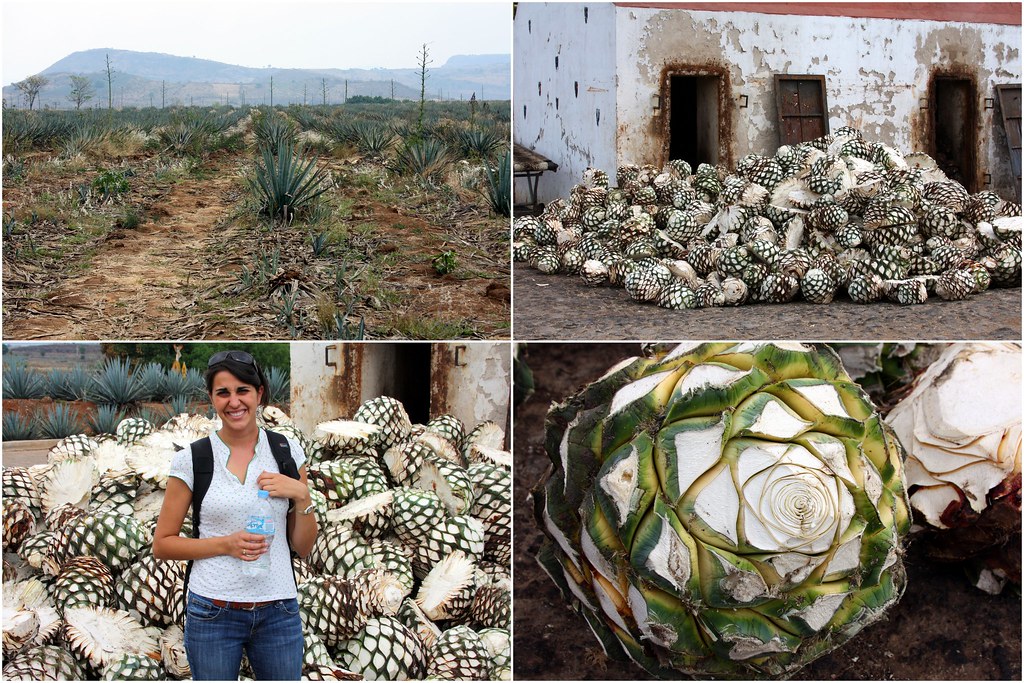
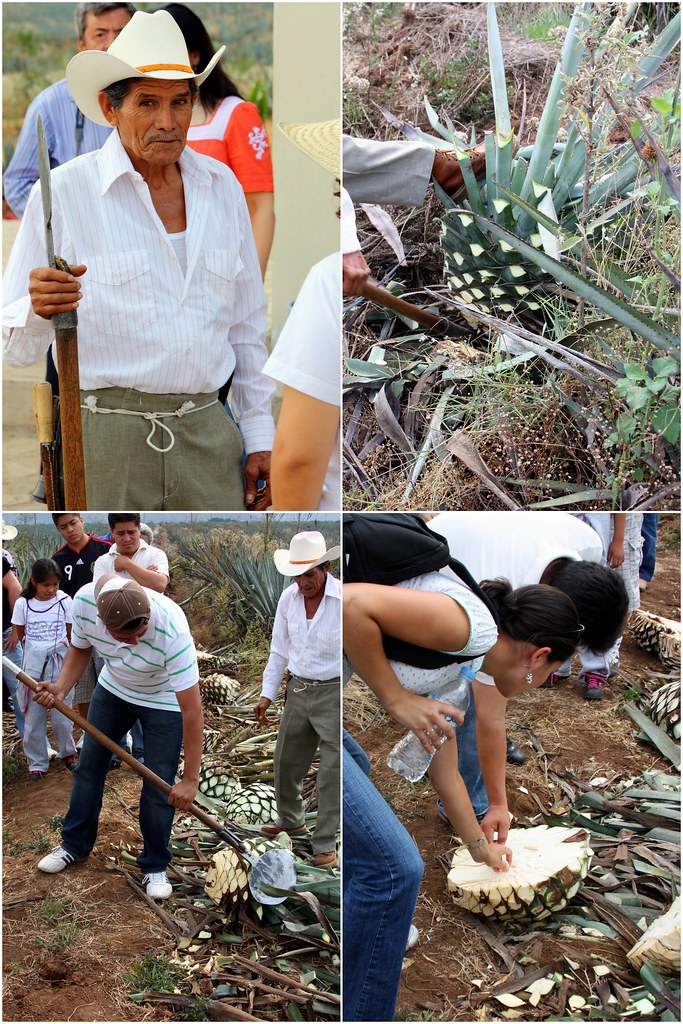

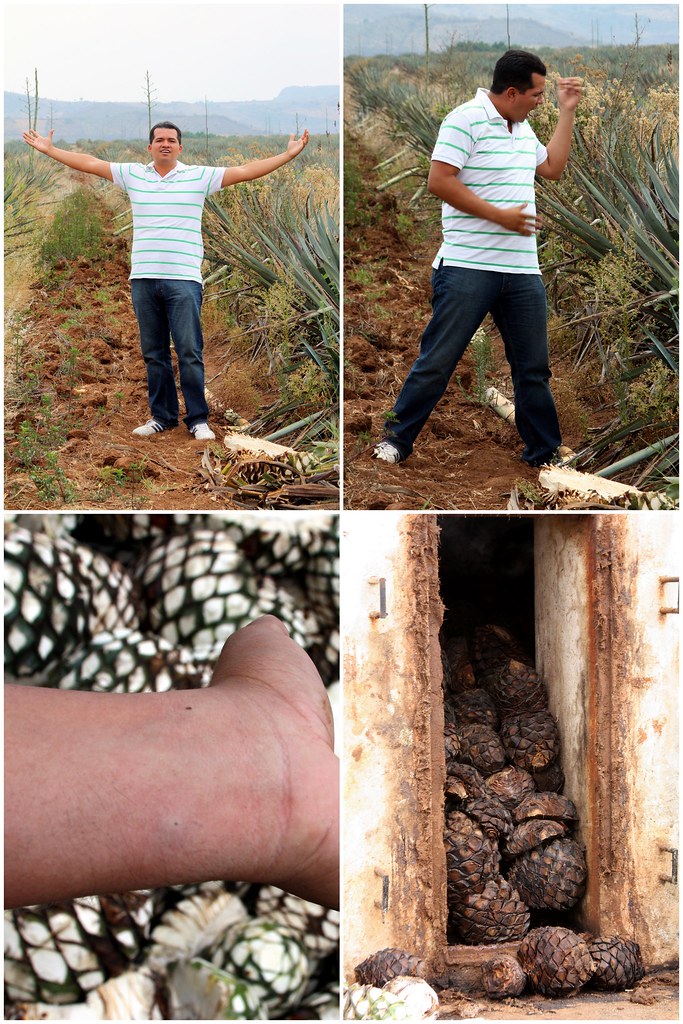
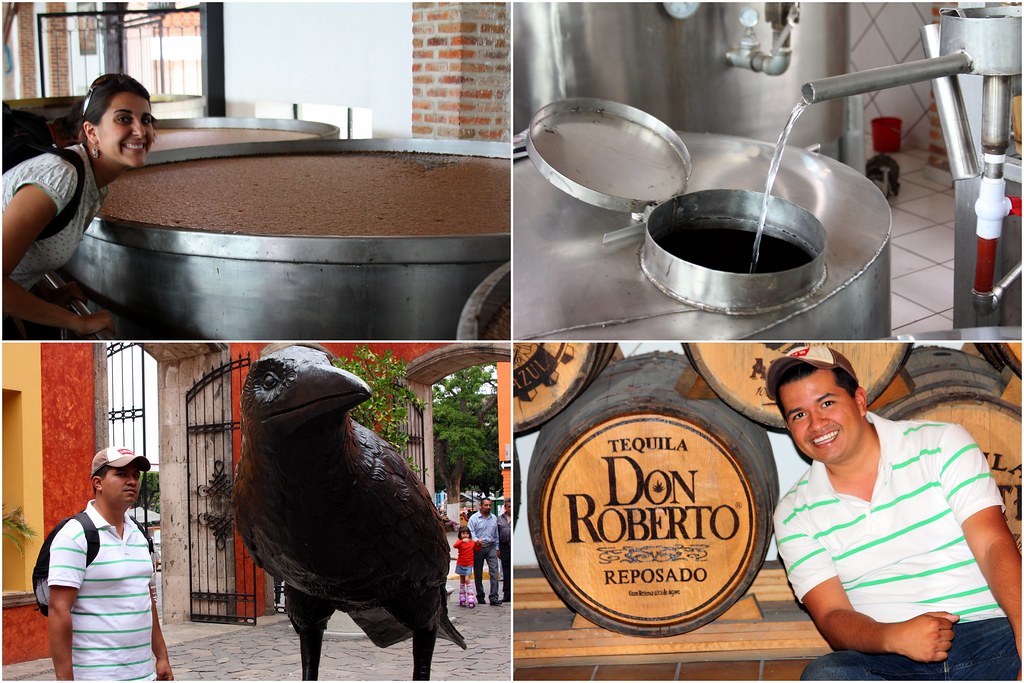

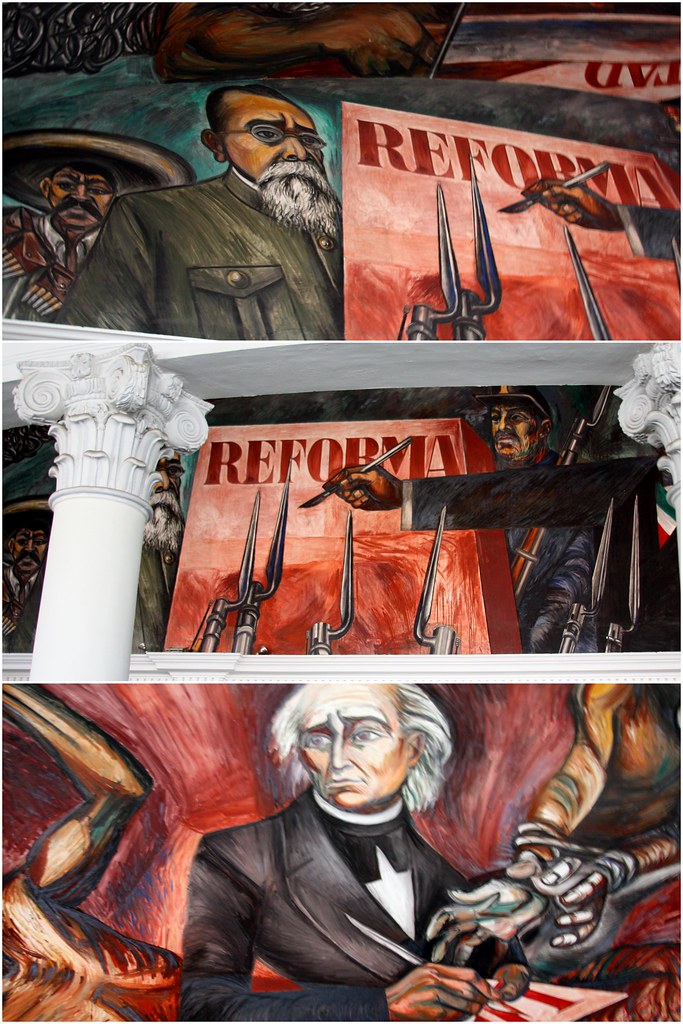


0 comments:
Post a Comment